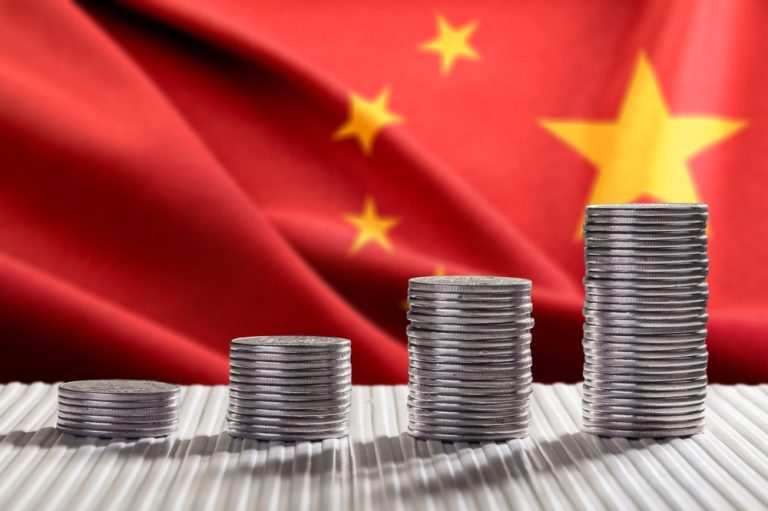China’s recent stimulus measures have shown positive results, particularly in retail and industrial sectors, even as the country grapples with challenges in real estate investment. New data released on Friday by the National Bureau of Statistics indicated a mixed economic outlook, marked by robust consumer spending and a steep drop in property investment.
Retail Sales and Industrial Production See Gains
In October, retail sales in China grew 4.8% year-on-year, surpassing forecasts of 3.8% and outpacing the 3.2% increase recorded in September. This marks a clear indication that government-led efforts to stimulate consumer activity are beginning to take hold. Industrial production also saw growth, albeit at 5.3% year-on-year, which fell short of the anticipated 5.6% rise.
Real Estate Investment Continues Downward Spiral
Contrasting with the surge in retail sales, real estate investment presented a different story, declining by 10.3% for the January to October period compared to the same period last year. This drop represents the most significant year-to-date decline since August 2021’s 10.9% decrease. The ongoing property slump remains a substantial challenge for China’s broader economic health, despite government pledges to revitalize the sector.
Government Actions and Future Projections
Chinese authorities have pledged to stabilize the real estate market, with National Bureau of Statistics Spokesperson Fu Linghui emphasizing “active improvement.” While new property sales showed a smaller decline in October, investment in infrastructure and manufacturing showed slight gains.
Bruce Pang, chief economist at JLL, predicts that real estate investment could stabilize within the next 12 to 18 months, thanks to continued government support and policy adjustments. To bolster the economy, the Ministry of Finance has rolled out a substantial 10 trillion yuan ($1.4 trillion) plan to address local government debt issues, with potential for more fiscal stimulus next year.
Employment and Consumer Sentiment
China’s urban unemployment rate improved to 5% in October, down from 5.1% the previous month. Youth unemployment, a critical economic indicator, dropped to 17.6% in September from 18.8% in August. Despite these improvements, domestic demand remains muted, reflected by a modest 0.2% increase in the core consumer price index.
Stimulus measures have yet to significantly target direct consumer spending, although initiatives like trade-in programs for cars and home appliances have been introduced. The Singles Day shopping festival showed stronger-than-expected sales, hinting at underlying consumer resilience.
Path Ahead for China’s Growth
With the country’s GDP growth at 4.8% for the first three quarters of the year, China remains on track to meet its approximately 5% growth target. However, persistent economic headwinds, both domestic and global, suggest that further policy implementation and targeted stimulus will be necessary to sustain this momentum.


